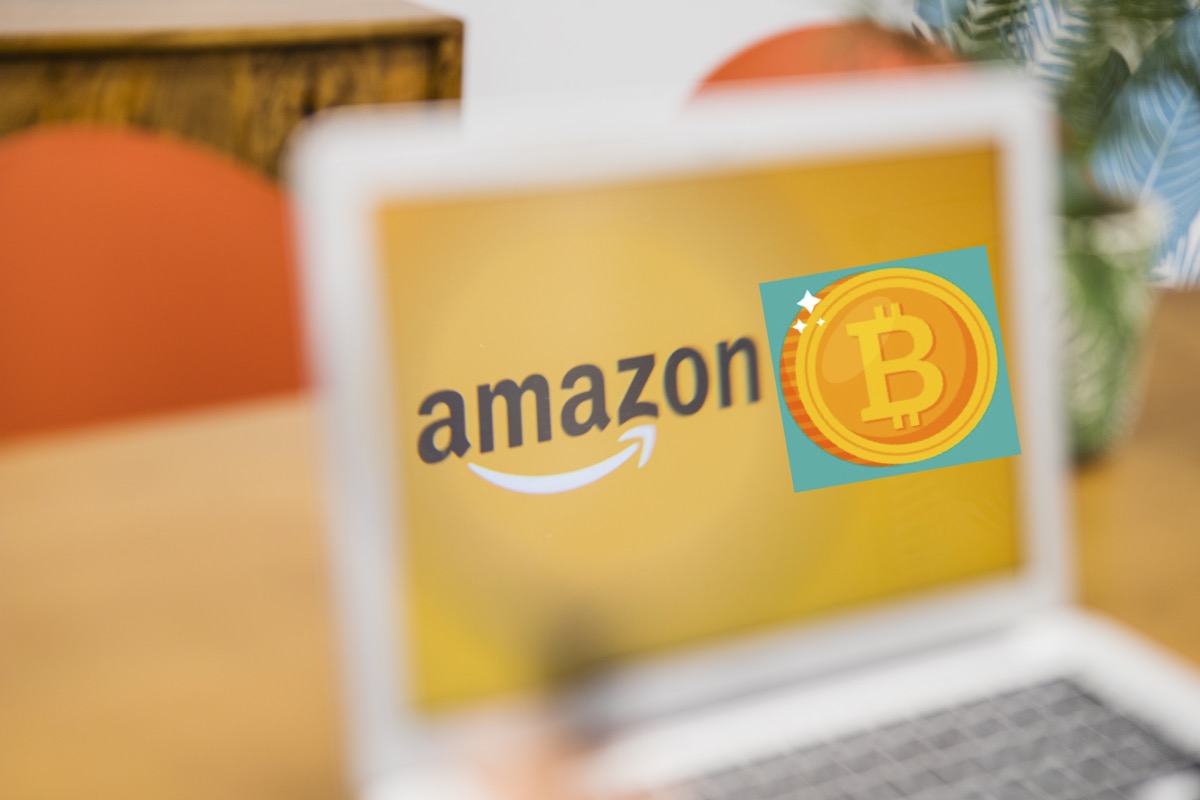Big-money players increasingly pouring into Crypto

This is something the crypto community will be hearing more and more of, over the coming weeks, months and years- major organizations looking and getting involved with cryptocurrency.
The Harvard Endowment has decided to invest up to $12.65 million in the Blockstack token sale. The reason this is significance besides the Harvard names is that Blockstack has applied with the Securities and Exchange Commission (SEC) to be able to raise $50 million.
The message seems clear with this situation- play by the rules, and there will be large, credible organizations willing to be buyers of the right token sales.
The security token game is expected to attract vast amounts of funds, and this is a tiny bit of evidence of that. Security token issuance platforms are also going to benefit from this boom.
While this story about Blockstack is an excellent example and has received much publicity over the past few days, according to a recent survey by trade publications Global Custodian and The Trade Crypto, in partnership with blockchain security firm BitGo, 94% of endowment funds have been allocating to crypto-related investments.
However, of those participating in the survey, 89% were US-based, and 11% were from Canada and the UK so that the bias can be questioned.
Regardless, Harvard’s endowment has made a big splash with the Blockstack story. The likes of Yale, Stanford, MIT, and others are all getting into crypto. It seems the question can no longer be when the institutions arrive- as they already are here.
This is excellent news for crypto as it means that these endowments which manage incredible amounts of money, have truly arrived onto the crypto-sphere and are quietly, on the most part, investing in cryptocurrencies.
Their approval will likely lead to a domino effect of other large well-funded institutions also choosing cryptocurrency as a source of investments- maybe even leading to institutional FOMO, which would, of course, lead to retail FOMO.







